
Scuba diving isn’t for everyone. It’s for who dares to do it, those who challenges themselves and for those who let themselves get swept away by something that could become the best experience of their lives.
For two days, a group of four novices submerged ourselves to learn all that we could about this sport. Guanacaste is the ideal place to do it because of its proximity to beaches and crystalline waters. The perfect formula.
Playas del Coco was the scene, but for those who want more adventure there are other destinations to practice such as Islas Catalinas (offshore of playa Flamingo), Islas Murciélago (Santa Rosa National Park), Virador, Argentina and Tortuga. Each one promises a different experience and requires different degrees of experience.
The cost will depend on the company you choose. Generally, it costs between $500-600 and includes a scuba diving license at the end of the course.
READ: Samara Makes Its Claim as a Dive Spot
What We Came For
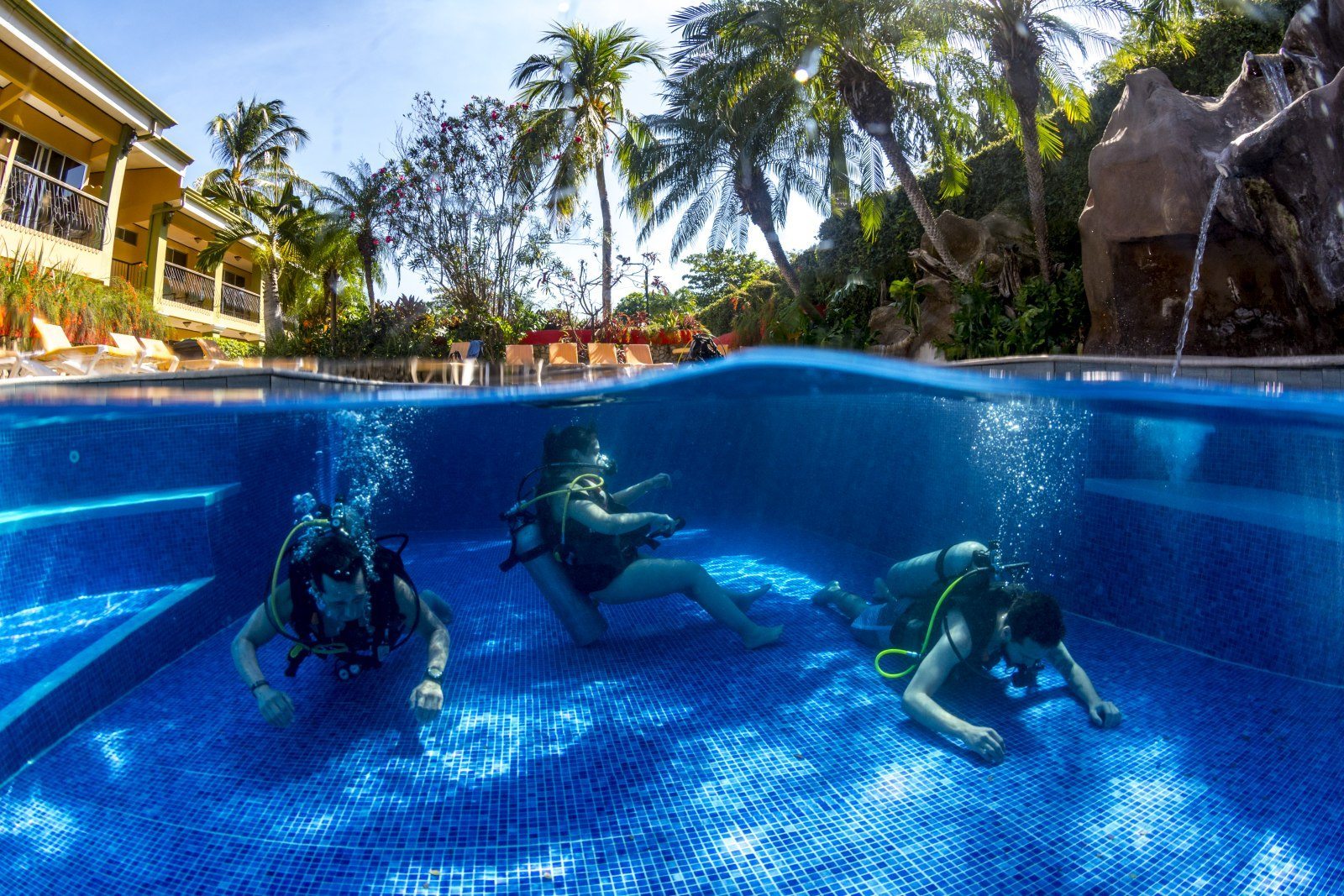
At first, it can feel unnatural. The body must get used to another environment (the water) and a different type and breathing rhythm. You inhale and exhale through your mouth.
It all starts in a pool with instructions and steps so precise that it makes you feel what it really is: an extreme sport.
David García, diving instructor at Ecodivers and who has more than 10 years of experience, familiarizes us with the equipment and puts us in contact with our first experience of breathing underwater.
With our equipment on, he asks us to cover our nose and only breath through the tank. Closing our eyes won’t help.
It’s not easy. The body wants us to breath through our nose, and this is where you have to start to work to calm yourself down and understand the new environment.
READ: Whale Sharks Amaze Divers in Ocotal
“This is the most difficult part,” David tells us while the group of four novices look at each other, skeptical of how this, which is uncomfortable, could possibly become a good experience.
Imagining ourselves in the worst scenario, we practice several safety exercises: what to do if the air runs out, or if we have to rescue a group member, or if we lose the mask that allows us to see underwater, and if the mouthpiece (regulator) that lets air out falls off…All this takes us a full morning. We were preparing ourselves to go to the sea.
Once in the ocean, we descend to a depth of no more than three meters. It was our first dive and what we felt was indescribable. So much adrenaline courses through the body that our breathing accelerates and forces us to control it.
At that moment, David reminds us of vital signals to use underwater: advance, time to go up, descend, how much air is left in the tanks; all for our safety.
We jump in and two stingrays were waiting for us. We were submerged among corals, needle fish and blowfish. Cold water currents try to steal our concentration, but the environment becomes more and more a part of us.
Magic Happened
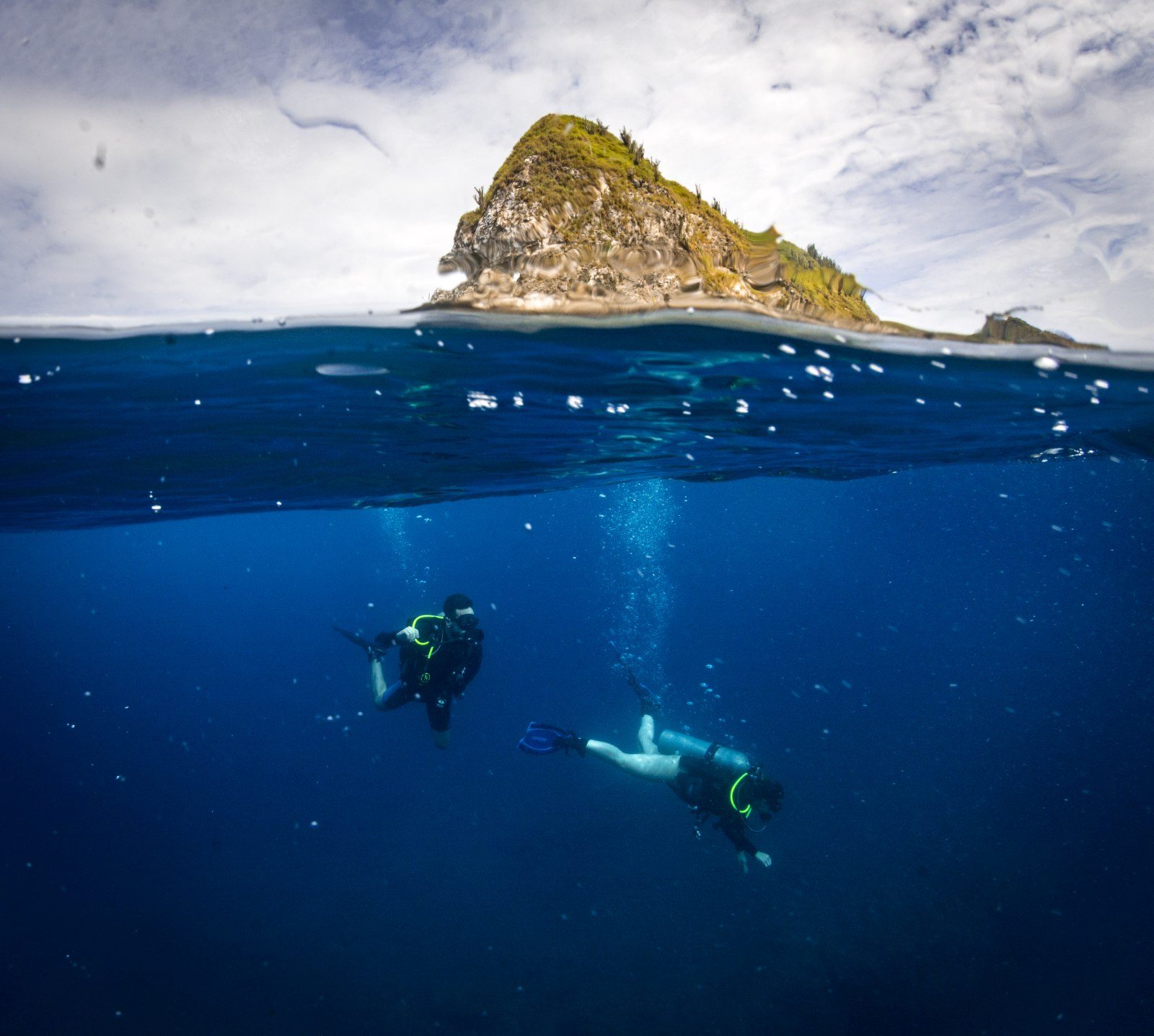
The second day of training arrived. We already had two dives at depths of a few meters and we are familiar with the equipment and the sea, but we still have to be concentrated without losing our desire to enjoy it.
The ritual is the same as the previous day: exhaustively check the equipment and put it on, following the instructions strictly.
The moment arrived to see hawksbill sea turtle, a species considered to be endangered. Another two different types of stingrays and several schools of fish join us during the journey. Here we descended to a depth of about 12 meters.
The comments among the team of novices were similar. “I forgot that I was wearing a tank,” one said. “It’s another world down here” and “did you see the turtle?” Each one of us is living a different experience, indescribable, but more than pleasant.
SEE: Guanacaste Virgin
The best was saved for last, and the real test was in store for us at end of the weekend, which was like ecstasy for us.
Holding on to a rope, we descended to 18 meters in the zone known as Monkey’s Head and we were underwater for around 40 minutes.
Lobsters, starfish and hundreds of fish made us completely forget that just a few hours ago we didn’t know anything about this sport. We just breathed, floated and slid through the ocean.
“It’s like living in slow motion, with euphoria, under the effects of the most noble drug: the drug of discovery and the fantastic,” said César, one of the now-new divers.
Being underwater makes us live only in the present moment. It makes us feel fortunate, appreciative and miniscule in the face of a world as unknown as it is fascinating.
Now we can only count the days to re-live the experience and see the whale that we all dream about seeing in the depths of the sea.
Be sure that:
- That your instructor is certified and active with a license from the Professional Association of Diving Instructors (PADI)
- That the company that you are going to dive with is well-recommended
- That at the end of the course you will earn the Open Water Certificate
- You fill out and review all the health and safety paperwork before entering the water
Don’t forget:
- Everything you need to protect yourself from the sun: special shirt (surfer-style), sun block, lenses, hat, waterproof sweater
- Water
*The company will be in charge of providing the diving equipment, a boat and practice guides.


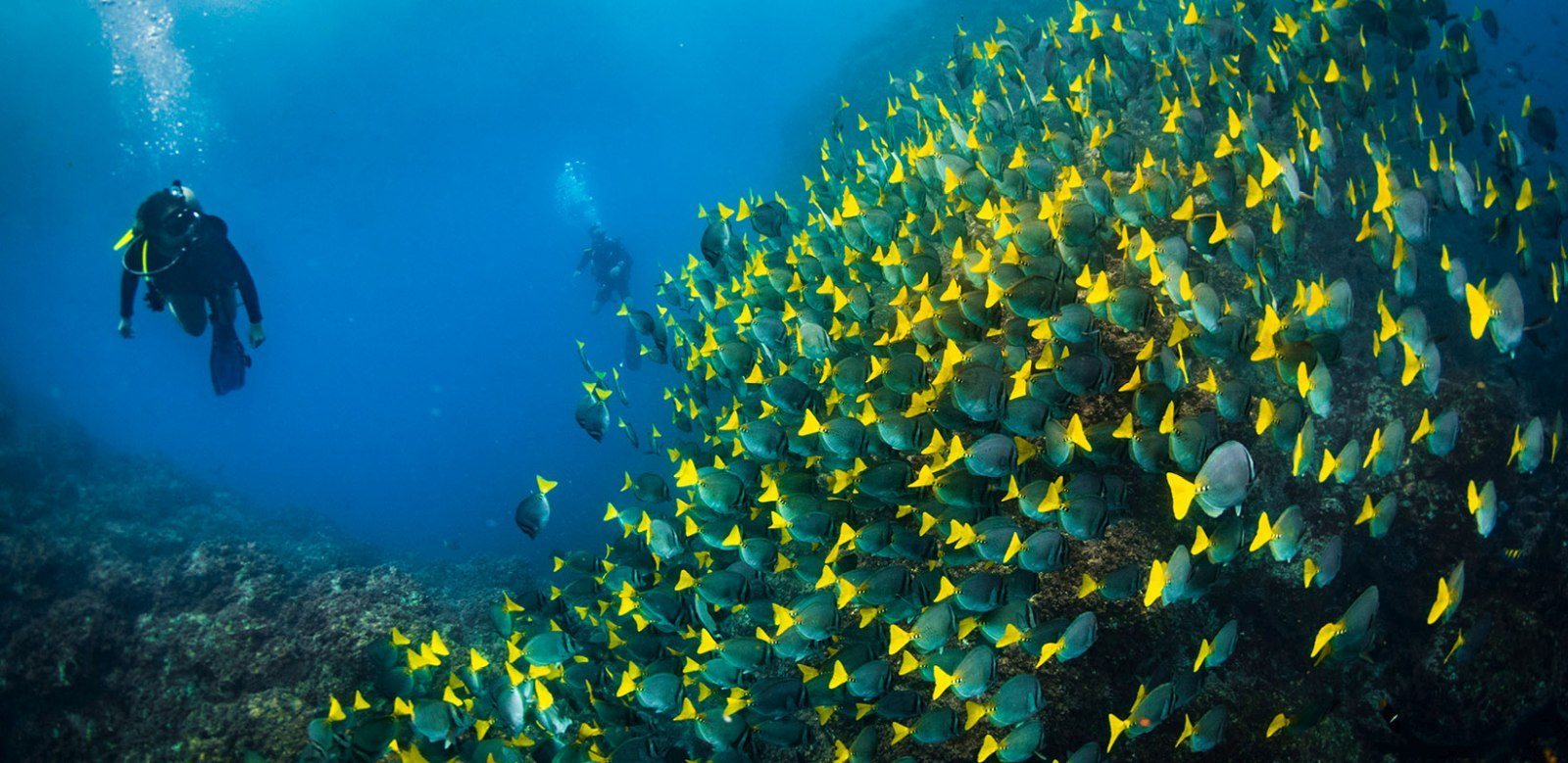
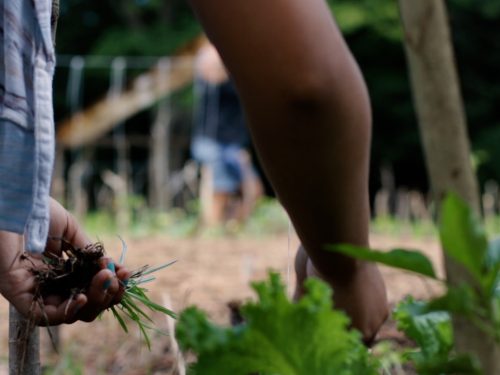
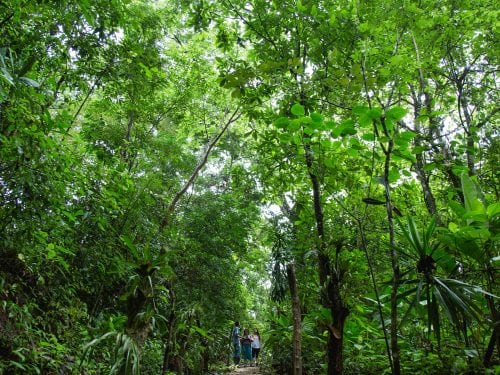


Comments